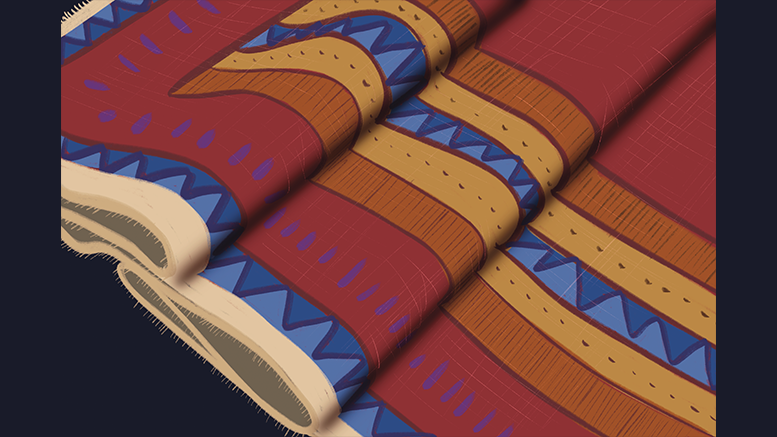I watched an interview with Ratna Pathak, a renowned actress and theatre artist in India. She mentioned “we are going to lose [the textile], maybe in a generation, and it is getting bastardized so quickly that only design will stay.” This evoked concern within me especially about how the world is now engulfed in fast fashion.
I come from a city renowned for its hand-crafted and ready-to-wear textiles. Textiles deliver the essence of culture in different forms. They are an art, important for religious or ethnic presence, a symbol of self-reliance, and a generational representation.
The handicraft is unique, even if the textile is the same. Now, it is being replaced by fast fashion, where our wardrobe changes not only due to season but also media trends.
So, what do you like? “Mob wife,” “coquette,” or “old money?” and for how long?
The most beautiful is the intricate pattern woven with threads and stories. Traditional cotton sarees are as expensive as Lululemon but much more vibrant and timeless.
If I pick up my grandma’s saree, I cannot tell if it is ten years old or thirty-five-years old. The cotton, bandahni, the silk, kanievaram, among many others, are made to last. Textiles represent the ethnic, linguistic, topographic, climatic, religious, and cultural nature of a region. The handicrafts and textiles are reliable s well as sustainable.
The contrast is that modern clothing is easily disposable with low-quality fabrics, referred to as “fast fashion.” The clothes/textiles are produced in excess, low quality and influenced by trends and overconsumption in the name of fashion. But is it worth harming nature? Every textile art I mentioned previously is not made through a machine. We are forgetting the old art of handcraft.
Overconsumption and underconsumption are now the trends. The danger the modern textile industry poses is unimaginable. Globally, 92 million tons of textile waste is generated per year with 134 million tons per year expected by the end of 2030. These fast fashion clothes dumped into dump yards, contaminate the environment.
Fast fashion is driven by internet trends and various aesthetics. Many people, including my friends, frequently switch styles, from “soft girl” and pastels to “mob-wife” and “Y2K” animal prints. This leads to extensive wardrobes with rarely repeated pieces. The result is significant clothing waste, with discarded items often ending up in landfills, where they release harmful dyes and chemicals into the environment. The ecosystem is harmed when these happen.
This shift toward trendy, low-quality garments threatens traditional handicrafts and quality textiles as societal trends prioritize appearance over quality. I leave you with two questions:
Do you think there is a way to balance staying fashionable with being environmentally conscious? What is at risk if we cannot find a way?


